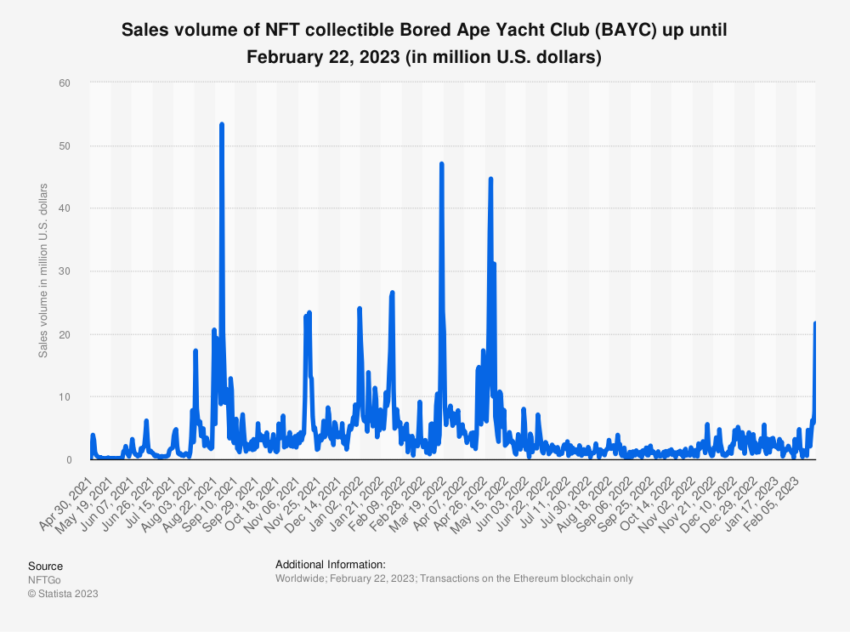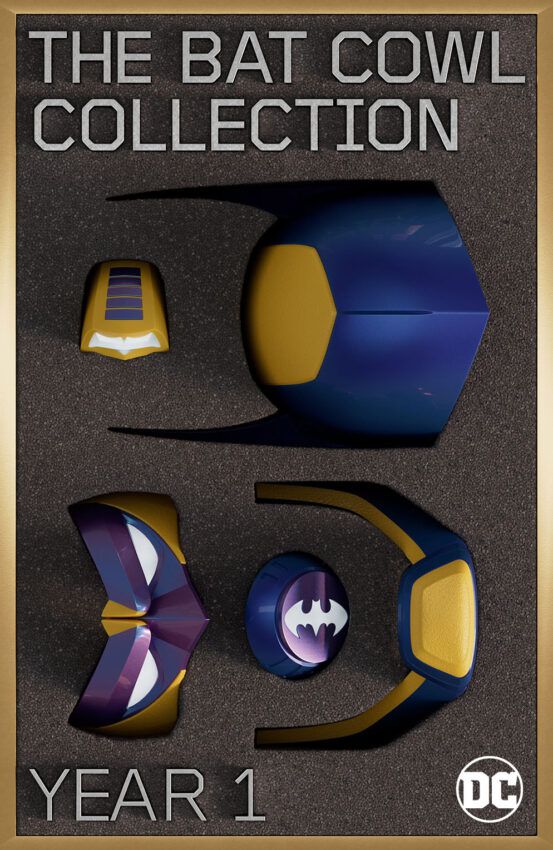NFT
Non-fungible tokens (NFTs) have taken the digital world by storm. Their uniqueness and rarity are driving a paradigm shift in several industries, especially digital art. Amidst this trend, storytelling has emerged as a powerful tool for NFT marketing. It’s not just about the digital asset anymore; the story surrounding it is equally important.
The role of storytelling in NFTs is to provide context and add depth and meaning to these digital assets. Giving NFTs a backstory allows marketers to emotionally engage potential buyers, creating a deeper connection between the consumer and the digital token.
The power of stories in NFTs
Storytelling is an age-old practice used to convey values, educate and influence societies. In the context of NFTs, a well-crafted story can elevate an ordinary digital asset into a valuable work of art or collectible.
It is the story that often determines the perceived value of an NFT as it provides a unique context that can resonate with potential buyers.
Stories can be woven around an NFT’s creation process, the inspiration behind it, or the historical significance it holds. A story can transform a simple image into a symbol of cultural phenomena, personal expression or social commentary. Thus increasing the value in the eyes of potential buyers.

BAYC sales volumes. Source: Statistics
In the competitive NFT market, storytelling is a powerful marketing strategy. It helps creators differentiate their offerings, create emotional resonance, and build a loyal community of followers.
A compelling story can create a shared experience and foster a sense of belonging among potential buyers.
For example, the story behind the creation of an NFT can shed light on the creator’s struggles, inspirations, and motivations, making the piece more relatable and authentic. This can evoke emotions, form a unique bond between the maker and the buyer and significantly increase the value of the NFT.
Storytelling Techniques for NFT Marketing
The art of storytelling for NFT marketing involves using a variety of techniques strategically. Here are a few that have proven effective:
- Creating a rich backstory: A backstory gives context and depth to an NFT. It could revolve around the creation process, the meaning of the NFT or the motives behind its conception.
- Building a narrative universe: Some NFTs are part of a larger narrative universe, providing a shared context for a range of digital assets. This encourages community building and promotes multiple purchases.
- Emotional involvement: Storytelling that evokes emotions can foster a deeper bond between the buyer and the NFT. This can be achieved by incorporating conflict, triumph, or personal experiences.
- Tell visual stories: Visual elements play a vital role in NFTs. Incorporating visual cues into the story can create an immersive storytelling experience.
Case Studies: Successful Storytelling NFTs
Many successful NFT campaigns have harnessed the power of storytelling. An example is the marketing strategy of DC Comics’ NFT collection ‘The Bat Cowl’. It showed how interactive storytelling can significantly increase the value of NFTs.
The collection featured several NFTs, each made to resemble Batman’s legendary cowl. What made this collection especially appealing to fans was its power to influence future stories and characters within the DC Comics universe through their purchased NFTs.
This interactive element created a sense of ownership and control, which greatly enhanced fan engagement and affection for the franchise.

The bat hood NFT. Source: DC Comics
Similarly, Campbell’s Soup and street artist Sophia Chang teamed up to celebrate the brand’s iconic red and white can design through a unique NFT collection. Each NFT, representing a separate Campbell’s Soup can, utilized visual storytelling to reinforce the brand’s identity and connect with a newer, younger audience.
This innovative and entertaining campaign celebrated the brand’s rich history and ensured its relevance to today’s consumer.

Campbell’s Soup NFT. Source: OpenSea
Another notable case study in the NFT market is the Bored Ape Yacht Club, a series of 10,000 different NFTs that have received cultural acclaim. The triumph of this venture can be largely attributed to its vibrant community and ability to weave compelling stories into its artwork.
Each NFT has a unique personality, making it highly coveted by collectors who want an exclusive piece from the club. The robust community surrounding the project fuels excitement and involvement.

BAYC #5176. Source: OpenSea
Since the Bored Ape Yacht Club NFTs are often used as social media avatars, they have become status symbols. This further fueled the popularity of the project and enabled a new way of social connection.
The future of storytelling and NFTs
With the rapid evolution of the NFT market, storytelling is becoming an integral part of the NFT ecosystem. More advanced storytelling techniques may be used in the future. Especially with augmented and virtual reality playing a role in creating immersive storytelling experiences.
Storytelling is likely to become a major differentiator in the NFT market. As the market becomes more saturated, those NFTs backed by compelling stories will stand out and hold their value. Therefore, the story behind an NFT can eventually become as valuable as the token itself.
For creators, incorporating storytelling into NFT development from the start can be a powerful strategy. This means that the story behind the NFT is taken into account during the creation process and that the story is compelling and captivating.
Creators can also think about how their NFT fits into a larger narrative universe. This may involve creating a series of interconnected NFTs, each with a unique story, but all contributing to a larger narrative arc.
The intersection of storytelling and NFTs creates new opportunities in digital assets. By leveraging the power of storytelling, creators can add depth and meaning to their NFTs, making their offerings stand out in a crowded marketplace.
Essentially, storytelling increases the value of NFTs and fosters a deeper connection between the buyer and the digital asset.

